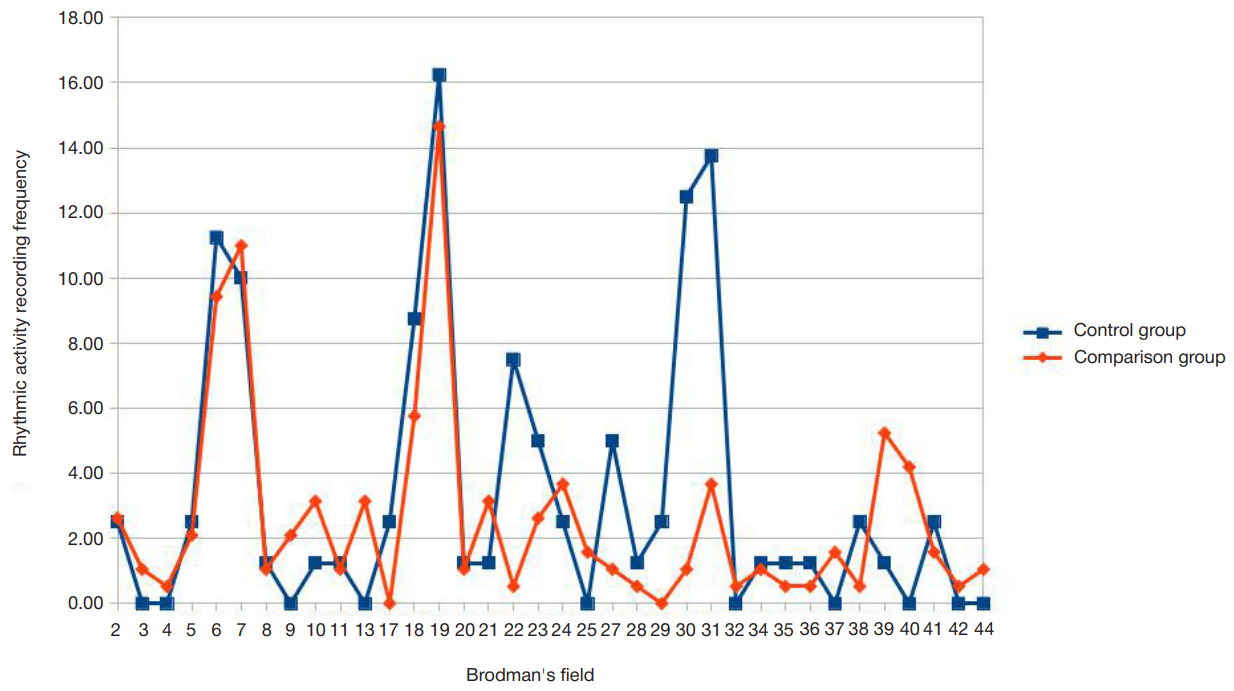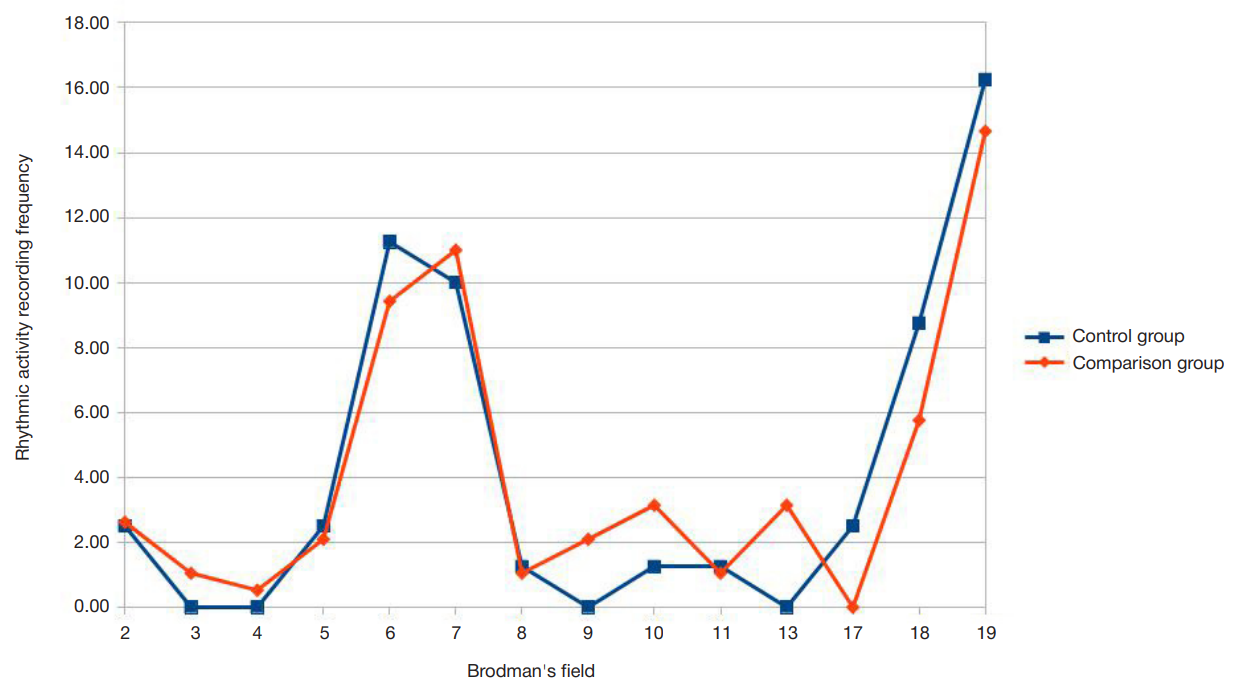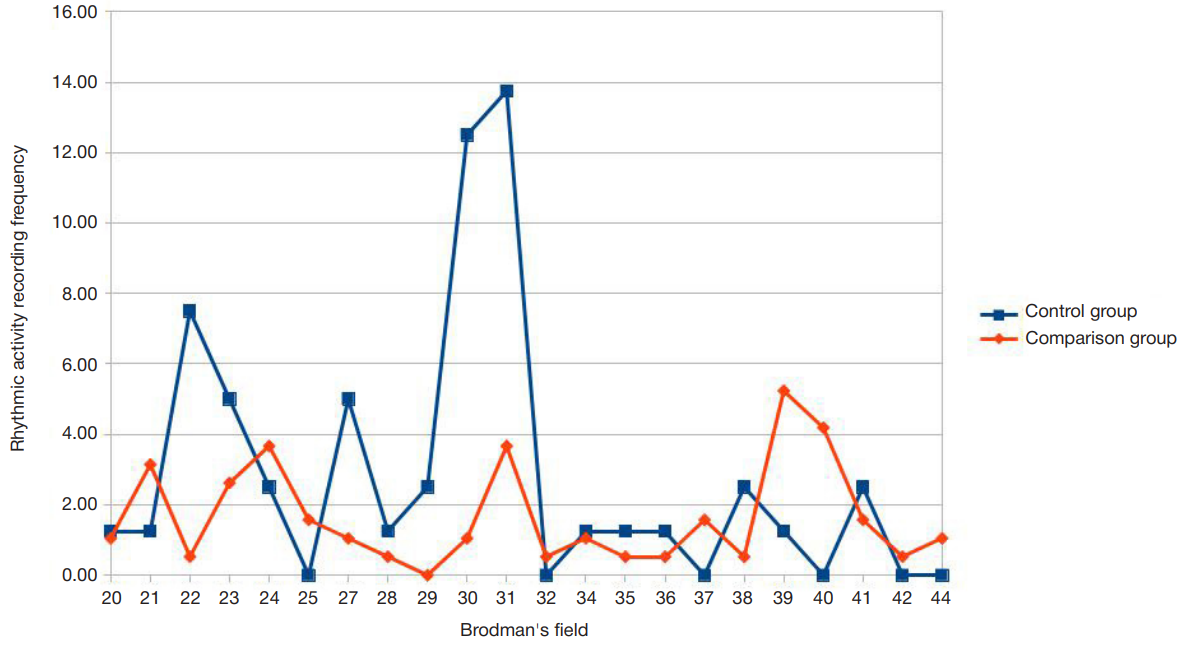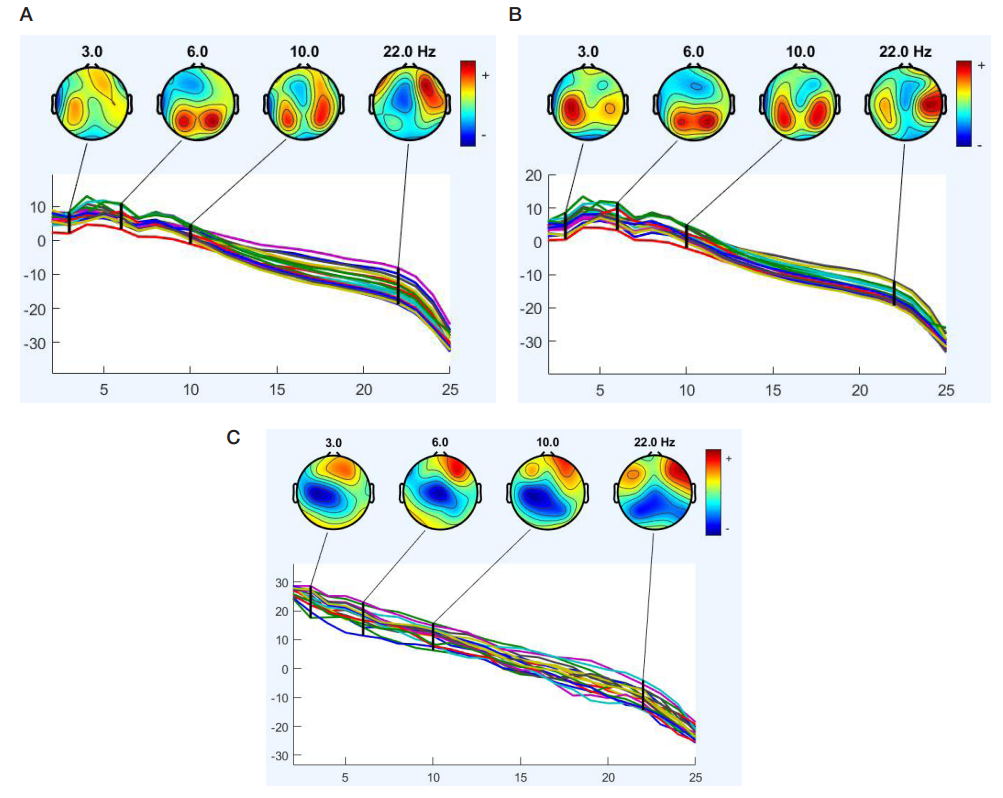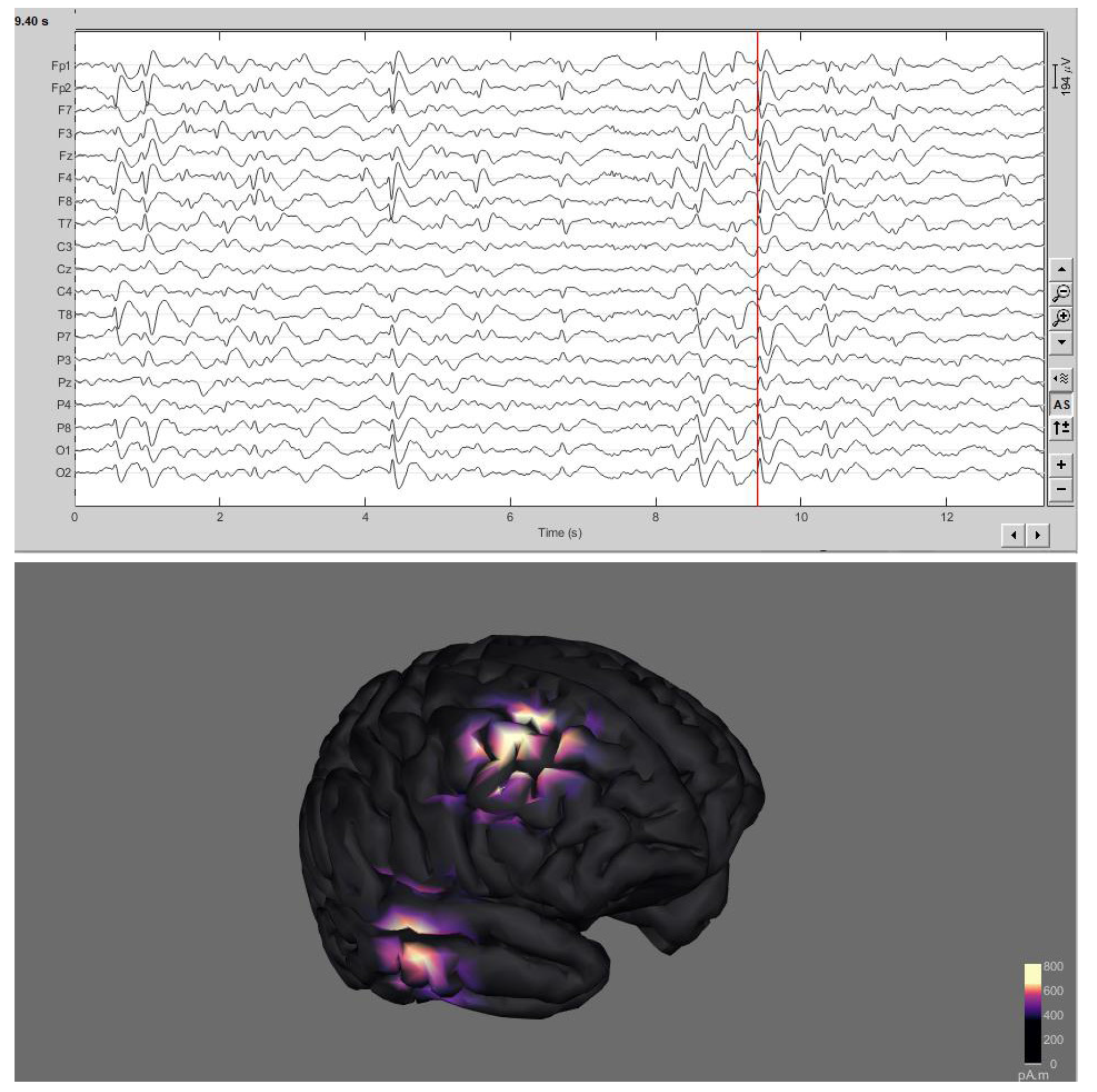
This article is an open access article distributed under the terms and conditions of the Creative Commons Attribution license (CC BY).
ORIGINAL RESEARCH
The issue of preserving interictal activityin long-term EEG studies of epilepsy
1 Engineering and Physical Institute of Biomedicine, National Research Nuclear University MEPhI, Moscow, Russia
2 La Salute Clinic, Moscow, Russia
Correspondence should be addressed: Sergey A. Gulyaev
Ramenki, 31, k. 136, Moscow, 119607; ur.xednay@ssurgres
Author contribution: Gulyaev SA— study concept, EEG analysis, manuscript writing; Klimanov SG, Germashev GA, Khanukhova LM — data analysis; Garmash AA — project management.
Compliance with ethical standards: the study was approved by the Ethics Committee of the La Salute Clinic (protocol No. 11-011/24 dated 11 January 2024); it was conducted in accordance with the contract between the National Research Nuclear University MEPhI and La Salute Clinic (No. 09-01/23 dated 09 January 2023) and the principles set out in the Declaration of Helsinki (1964) and its subsequent updates.
